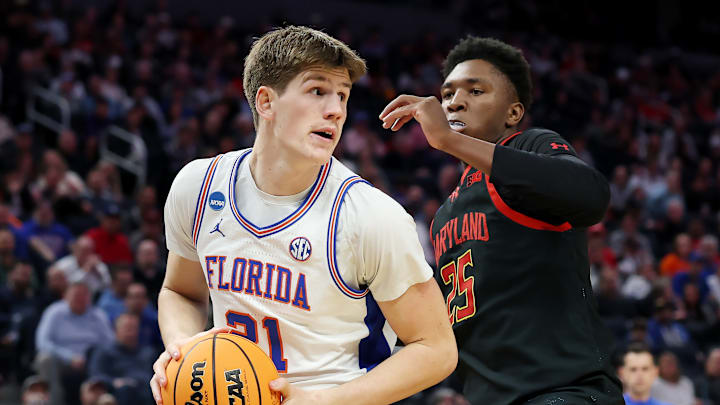The Cleveland Cavaliers need to hit on their second round draft picks over the next few years, and college basketball is making that task significantly more difficult.
This year marks the start of the draft pick payout from the Donovan Mitchell trade. The Cavaliers gave away control of five-straight first-round draft picks to the Utah Jazz when they traded for the young All-Star shooting guard. While they likely do not regret the decision, the piper is being paid starting with this year's draft.
At the same time, adding inexpensive young talent to the roster via the draft has never been more important for Cleveland. They will almost certainly be over the second luxury tax apron next season, preventing them from signing any new player in free agency to a contract larger than the minimum. If they want to add talent, therefore, their best pathway is through the NBA Draft.
This year they go into the draft armed with a pair of second round picks, No. 49 and 58. Those are certainly not premium picks, but the possibility is there to land a back-end rotation piece. Last season Quinten Post was drafted 52nd and was a rotation player for the Golden State Warriors in the playoffs. The year before, All-Defense wing Toumani Camara was drafted 32nd, and Jaylen Clark and Jalen Wilson also went in that range and are real NBA players. In 2022, Vince Williams Jr. went 48th.
There are gems to be found, and it is on the Cleveland front office and scouting department to find them. Their task, however, is going to be much more difficult.
College NIL has made 2025 a shallow draft
In years past, the second round was filled with productive college players ready to start their NBA careers -- and start the clock on getting paychecks to support their family and build their personal wealth. If you had a reasonable chance to be drafted, you went, unless it was obvious your stock would go up from another year in college.
Everything changed with the introduction of above-the-board NIL money for college players. The Top 20 players in the draft were going to the NBA either way, but after that the decisions get more difficult -- or perhaps more clear -- for draft prospects. Does it make more sense to make less than a million in the NBA, not control your landing spot and be stuck on the bench / in the G League, or to return to the college of your choosing to make $3 or $4 million as the star of your team in front of packed arenas?
That new reality came in full force this year, as players withdrew from the draft to return to college in droves. What's more, international players are increasingly choosing to come to the United States and play for a college team making NIL money rather than enter the NBA Draft at the first possible opportunity.
Darrion Williams was a player we discussed as a draft target for Cleveland; he returned to college. Duke's Isaiah Evans went back to school. National champion big man Alex Condon returned to Florida. And high-octane guards who were likely to go early in the second round and push other talented players down the board, like Labaron Philon, Tahaad Pettiford and Boogie Fland, will all play in the SEC instead of the NBA next season.
What that has done is significantly thin the pool of draft prospects for those teams picking in the second round. For the Cavaliers their only picks are in the second round, and their draft options will be grim. ESPN's Jonathan Givony called the 2025 Draft "one of the shallowest" in recent memory.
The Cavaliers will now try to mine a barren field for some hidden gems, as adding second round draft prospects is a way to reduce the cost of a roster spot for next season. They likely hope to draft two players and sign them to contracts; now the players signing those deals will have a much lower chance at living up to them.
Changing rules continue to make it more difficult for the Cleveland Cavaliers to maintain the incredible team that they have put together. The 2025 NBA Draft will be no different.
